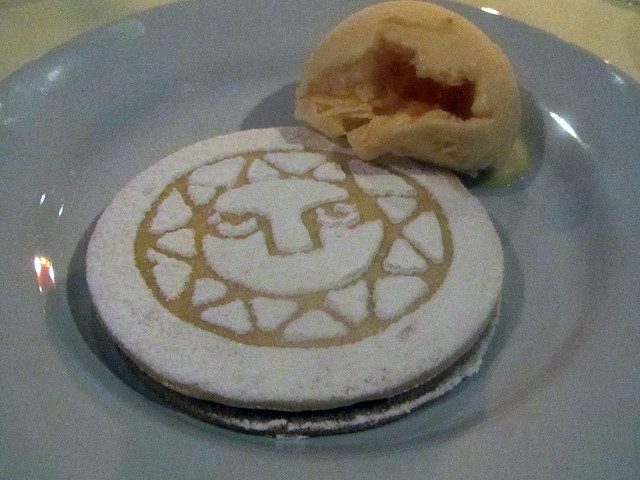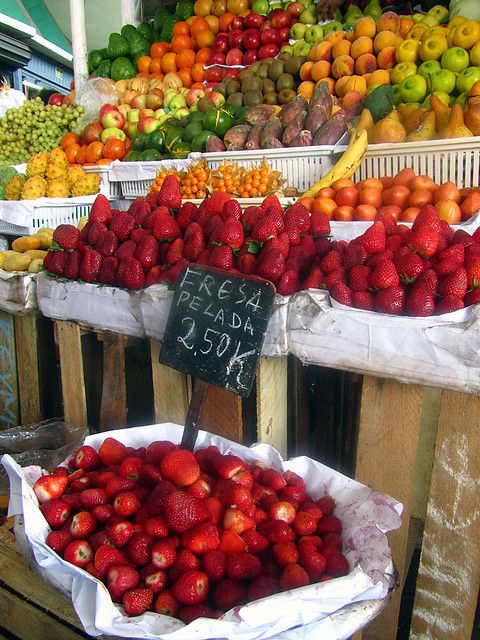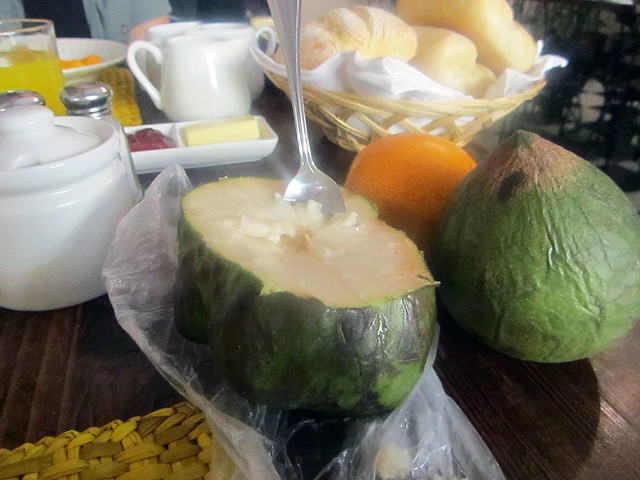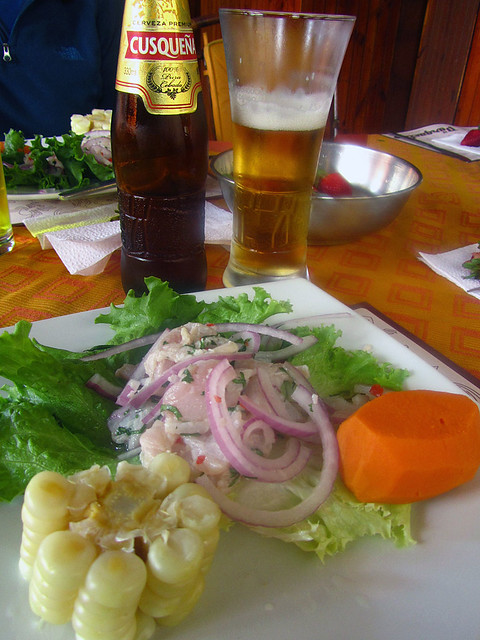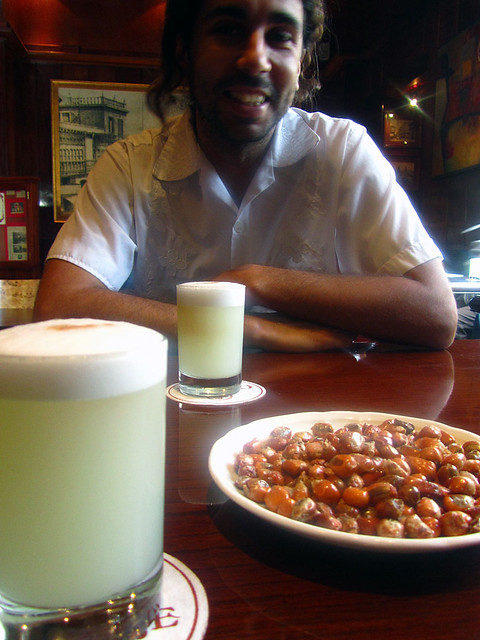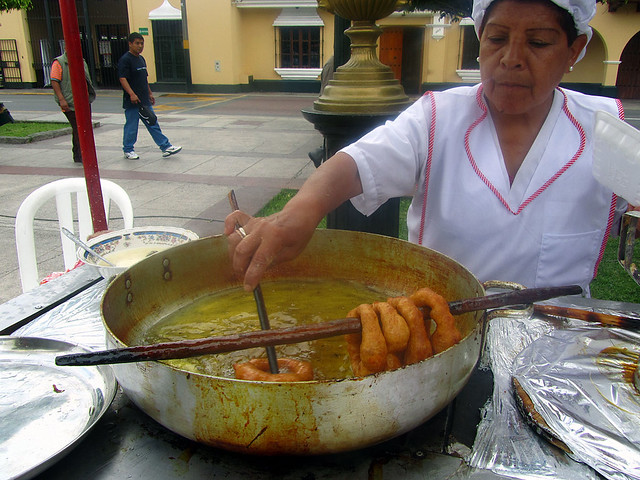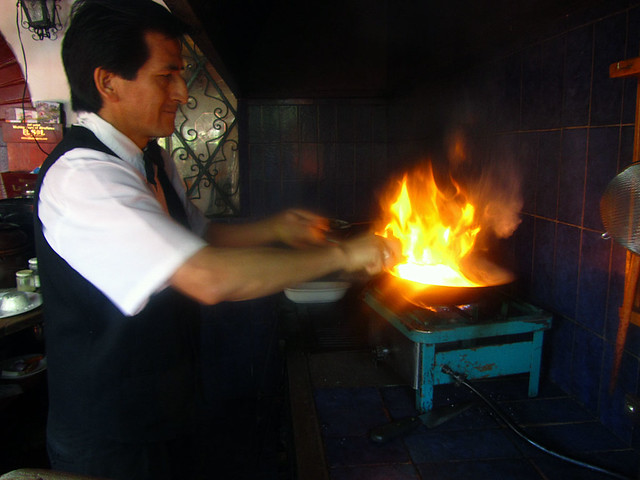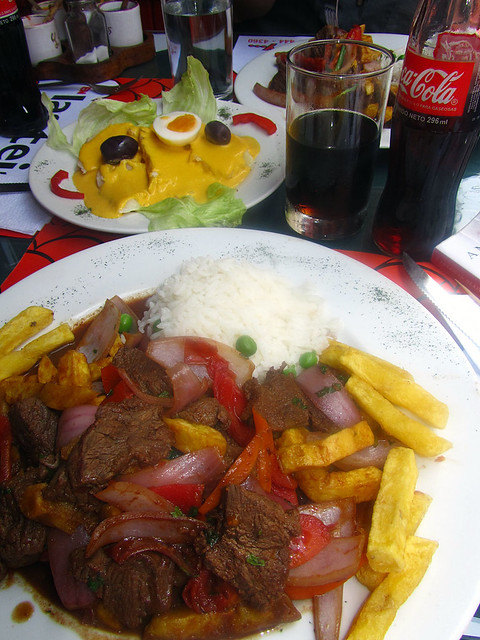Last week at Fincon, I spent some time becoming acquainted with Shannyn Allan, who writes about finance and fashion at Frugal Beautiful. Though we’ve known each other for three years, we’d never spent time getting to know each other until this conference.
Shannyn says that she can be an enigma to some men. She’s a self-confessed nerd. “Plus, most men don’t know what to think of a woman who orders a ten-year-old Scotch.”
If that’s the case, most men are dumb.
On the final night of the conference, a group of us (a horde of us, really) sat around the hotel lobby, chatting and drinking drinks. The subject of whisky came up again. Since I was sitting with Shannyn and Jim Wang (among whose many blogs is Scotch Addict), I decided to have a little fun.
I found Sylvana, the woman who’d been our waitress all week. “Sylvana,” I said, “I want a couple of glasses of your very best Scotch.”
She went behind the bar and looked at the shelf. “We have a Macallan 18,” she said.
“That’ll be just fine,” I said. I’d never tried the Macallan 18 before, but I suspected it would be good. And it was. I took a glass to Shannyn and I kept one for myself. Once Jim discovered what we were drinking, he ordered one too. We sipped the Scotch and marveled at its smooth and silky nature.
“That’s good,” Shannyn said. Jim and I nodded in agreement.
When we’d finished our drinks, I went back to Sylvana. “It’s my last order of the week,” I said, “and I’d like another glass of the Macallan.” She gave me a sly smile. Then, presumably because I’d tipped well for the last five nights, she gave me a whopper of a pour. The three of us gratefully shared the drink.
Fast-forward to last Tuesday. I was driving home from errands when Shannyn sent me a text. “Is the 15-year Macallan as good as the 18-year Macallan?” she asked. Her timing was impeccable. I was just passing the last liquor store before home. I pulled in to the parking lot.
“Don’t buy anything,” I replied. “I’ll do a little test.”
And so I bought a bottle of the 15-year Macallan and a bottle of the 18-year Macallan. Then, for good measure, I bought a bottle of the 12-year Macallan to add to the mix.
Then I drove home and made a little video:
As you can see, I had a lot of fun with this project. (And as you can also see, I forgot to edit the title card at the end of the clip. Haha.) It’s been pleasing to find that the folks who watch this find it as amusing as I do.
This is the second video I’ve posted this week. (It’s actually the third if you count the video of our recent motorcycle trip.) There’ll be more.
Kim and I are embarking on a fun, open-ended project in 2015 that will be very video intensive. As part of that, we’ll be filming interviews with dozens of people.
But while I feel I’m an acceptable amateur photographer, I know next to nothing about videography. I’ve solicited advice from some of my colleagues (David Hobby, Wes Wages, etc.), and their recommendations will help me track down the lighting and sound gear I need. Having good gear is great, of course, but what I need to do most right now is get practice using the gear.
To that end, I’ll be creating lots of short one-off videos. Many of them will be about silly things — like drinking Scotch. I won’t publish all of them here, but I do hope to share the best ones.
Next up? This afternoon, Kim and I are headed to Oregon’s wine country to do a bit of tasting. Who knows? Maybe I’ll put together a short clip about that…
















